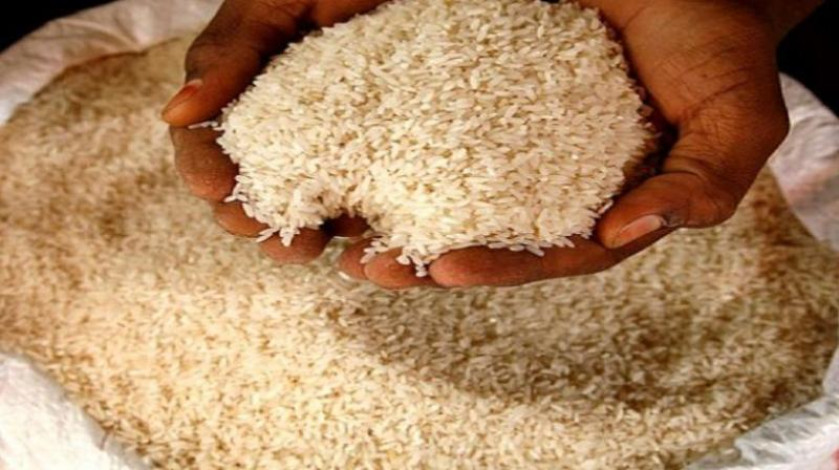
File Photo
The price of rice, a mainstay for billions across Asia and Africa, has hit a 15-year high, driven by high demand, limited exports and climate-induced supply disruptions. Thai white rice, the Asian benchmark for rice, rose 5% for a third straight week, reaching $659 a tonne, according to the Thai Rice Exporters Association. This peak, the most significant since October 2008, represents a nearly 38% increase this year alone.
Climate, Exports, and Rice Prices
The current rice price hike is largely attributed to two key factors: India’s decision to curb its rice exports and the effects of dry weather on rice production. Both factors have played critical roles in tightening the global rice market, leading to the rising cost of this essential commodity. India, the world’s largest rice exporter, has seen a dip in production due to adverse weather conditions, including the effects of El Nino. Similar weather patterns have affected other major exporters like Indonesia and Thailand, leading to drought and prolonged dry spells across Asia.
The Ripple Effect of Rising Rice Prices
As the price of rice escalates, its impact reverberates through global grain markets, prompting fears of a potential global recession. The El Nino weather forecasts continue into 2024, posing a risk to the supplies of rice, wheat, and palm oil. The ripple effect is already visible in markets such as wheat, corn, and soybean, which are also grappling with price hikes. It is expected that South American corn, wheat, and soybean production will improve in 2024, but global palm oil production is likely to decrease, contributing to an overall upside price risk for grain supplies and cooking oil prices.
The Future of Rice Production
Looking ahead, key states like Arkansas, California, and Louisiana may see a decline in rice acreage in 2024 due to optimistic U.S. rice prices and the possibility of growers rotating to soybeans. The surge in rice prices has also encouraged some countries to ramp up purchases to build stockpiles amidst fears of further tightening supplies due to El Niño. For instance, Indonesian President Joko Widodo has agreed to receive 2 million tons from Thailand next year, while India has agreed to supply 1 million tons. The Philippines is also set to receive over 500,000 tons of rice through February. However, the global trade in the 2023-24 season is expected to decrease due to softer buying interest from Asia and Africa.
This surge in rice prices, reaching a fresh 15-year high, serves as a stark reminder of the delicate balance between food security, global markets, and our changing climate. As we move forward, the decisions and policies of key players like India, Thailand, and the United States will be instrumental in shaping the global rice market and, by extension, the food security of billions worldwide.
Source: Online/GFMM
Comment Now